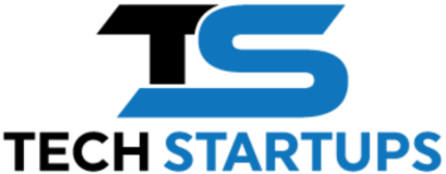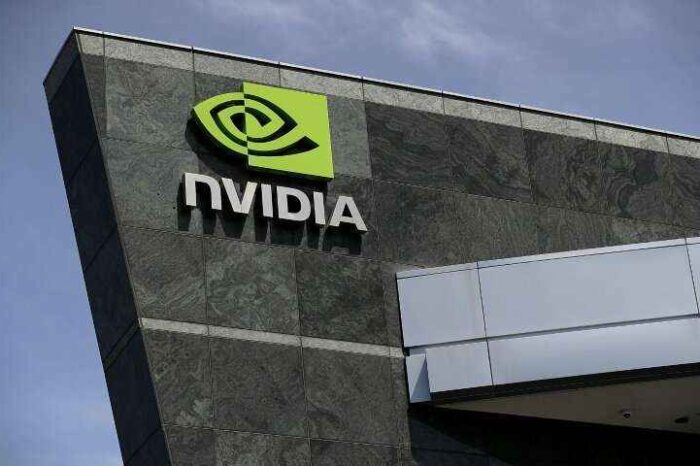Automating Paid Search Monitoring: A Must-Have for Scaling Startups

In a highly competitive environment, scalable startups especially need effective digital marketing tools. One of the key elements of success is paid search monitoring – automated paid search monitoring that allows optimizing advertising campaigns in real time. Without it, it is impossible to react quickly to changes in demand, adjust bids and improve ROI. Automating such processes not only saves time, but also minimizes the risk of human error. In this article, let’s explore why implementing smart monitoring systems is a must for startups looking for rapid growth.
Advantages of Monitoring Paid Search
Automated paid search monitoring is a powerful tool that helps startups and large companies effectively manage advertising campaigns. Implementing such systems offers many advantages, from increased profitability to time savings. Let’s take a closer look at the key benefits.
Advertising Budget Optimization
One of the main tasks of paid search is to allocate the budget as efficiently as possible. Automated monitoring allows you to:
- Reduce the cost per click by analyzing the competitive environment and adjusting bids.
- Disable ineffective keywords and ads, reducing unnecessary spending.
- Reallocate funds between successful campaigns in real time.
This allows companies to achieve better results at the same or even lower costs.
Improving the accuracy of strategies
Manual data analysis is time-consuming and often leads to errors. Automated monitoring provides:
- Quick identification of trends — the system records changes in demand and audience behavior.
- In-depth analytics on key metrics (CTR, conversions, ROI).
- Prediction of results based on historical data and machine learning algorithms.
This allows you to make informed marketing decisions and avoid ineffective tactics.
Faster Response to Changes
The digital advertising market is dynamic: new competitors appear, platform algorithms change, and prices fluctuate. Paid search monitoring helps you:
- Instantly adjust bids when the competitive environment changes.
- Block fraudulent clicks, reducing budget losses.
- Adapt ads to current user queries.
Without automation, such changes take hours or even days, which reduces the effectiveness of campaigns.
Scaling Without Losing Quality
For growing startups, it is critical to increase advertising activities without compromising performance. Automated monitoring allows you to:
- Manage multiple campaigns simultaneously without increasing staff.
- Replicate successful strategies for new regions or products.
- Control KPIs at all stages of scaling.
This is especially important for companies entering international markets or expanding their product range.
Improve ROI and Customer LTV
Ultimately, automated monitoring leads to increased advertising profitability:
- Conversion rates increase as the system optimizes ads for current queries.
- The average cheque increases due to targeting a more relevant audience.
- Customer retention (LTV) improves as advertising attracts more loyal users.
As a result, companies not only save money, but also get more profit from each campaign.
How to Implement Monitoring
Automating paid search monitoring allows companies to effectively manage advertising campaigns, minimize routine tasks and increase return on investment. Implementing this approach requires the right choice of tools, process configuration and integration with analytical systems.
Choosing an Automation Platform
The first step is to select specialized software for monitoring and optimizing paid search advertising. Popular solutions include Google Ads Scripts, Optmyzr, SA360, and third-party API-based tools such as Supermetrics or Improvado. These systems allow you to automate data collection, bid adjustments, and anomaly detection in real time. Startups with limited budgets can start with free Google Ads scripts and gradually transition to more powerful platforms.
Setting up Key Metrics and Triggers
For automation to work effectively, you need to define key metrics such as CPC, CTR, conversions, and ROAS. Next, set up triggers — conditions under which the system will make changes. For example, if the CTR falls below a set threshold, the script can automatically pause the ad or change the headline. For complex scenarios, you can use machine learning, as offered by the Optmyzr platform in its optimization algorithms.
Integration with Analytics and CRM
Paid search monitoring becomes even more effective when connected to web analytics systems (Google Analytics 4, Adobe Analytics) and CRM. This allows you to track not only clicks, but also the entire customer journey — from the first touch to the purchase. For example, integrating Google Ads with BigQuery allows you to perform in-depth data analysis and identify hidden patterns.
Testing and Continuous Optimization
After setting up automation, it is important to regularly check its performance. A/B testing helps determine which changes actually improve performance and which ones need refinement. In addition, seasonal fluctuations in demand should be taken into account and algorithms adjusted in line with current market conditions.
For a more detailed study of automation capabilities, you can refer to the official Google Ads documentation (https://developers.google.com/google-ads/api/docs/start), and the WordStream blog (https://www.wordstream.com/blog) discusses advanced optimization methods.




